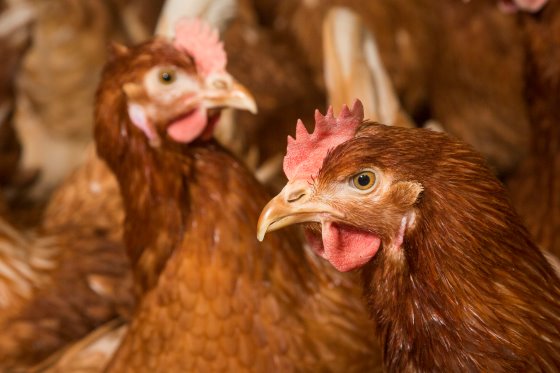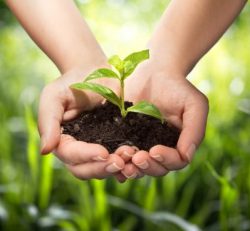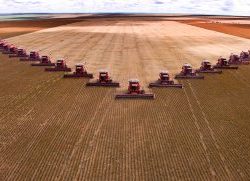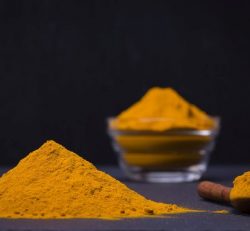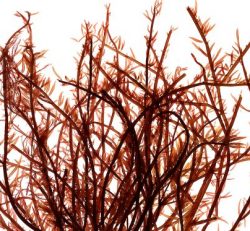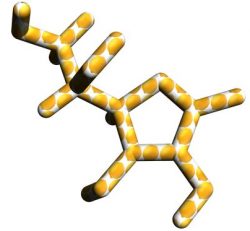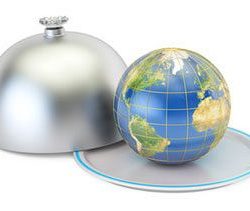CHICKEN FEATHERS – GIVING WASTE A NEW LIFE
A Spanish company is looking to use chicken feathers as a form of plastic to give a traditional waste by-product a new life.
It is estimated that the European poultry industry generated about 3.1m tonnes of discarded feathers in 2014. But now Sarah Montes, research scientist at Spanish firm Cidetec believes the feathers can be transformed.
Feathers made up of 90% keratin
Chicken feather waste, which is generated almost all over the world in large amounts, is currently typically incinerated or ends up in landfill or as low grade animal feed. But she argues it has the potential to be a valuable resource. Feathers are made up of 90% keratin – the same fibrous protein that gives hair, hoofs and horns their toughness.
Strong plastics
“Most of the waste is a profitable material,” she said. Due to its high keratin content, feathers are likely to produce plastics that are stronger and more tear-resistant compared to those using modified starch or plant proteins for example.
Montes, who is coordinating a project called KARMA2020, which is looking at how to transform unwanted feathers into biodegradable plastics, said however there were challenges ahead in using feathers as a raw material.
Remove any pathogens
First, the feathers need to be sanitised before processing to remove any pathogens. “Since feathers are also very light, it can be hard to get them to flow through machinery,” said project engineer Carsten Niermann, from German plastics company FKuR.
Half way through the three year European Commission Horizon project, the team has figured out how to pre-treat feathers so that they care clean and safe to handle, and how to turn them in to a raw material.
Feather-based raw materials
They have also created samples of feather-based materials that could be used for packaging, using a process where heated material is injected into a mould to shape it. Their next challenge is to scale up their production process for industrial manufacturing and test how well feather-based raw materials work in particular end products. At present, the researchers are looking at how to make food packaging from feathers, although they are also developing other applications such as slow-release fertilisers, composite materials and flame-retardant coatings, depending on economic and technical feasibility.
Circular economy
The company believes that demand for products from the circular economy – where by-products from one industry are used as the raw materials from another – could benefit from a phenomenon known as conscious consumerism.
A Unilever report published last year showed that a third of consumers preferred sustainable brands.
Tony McDougal
Freelance Journalist
Source: www.poultryworld.net


